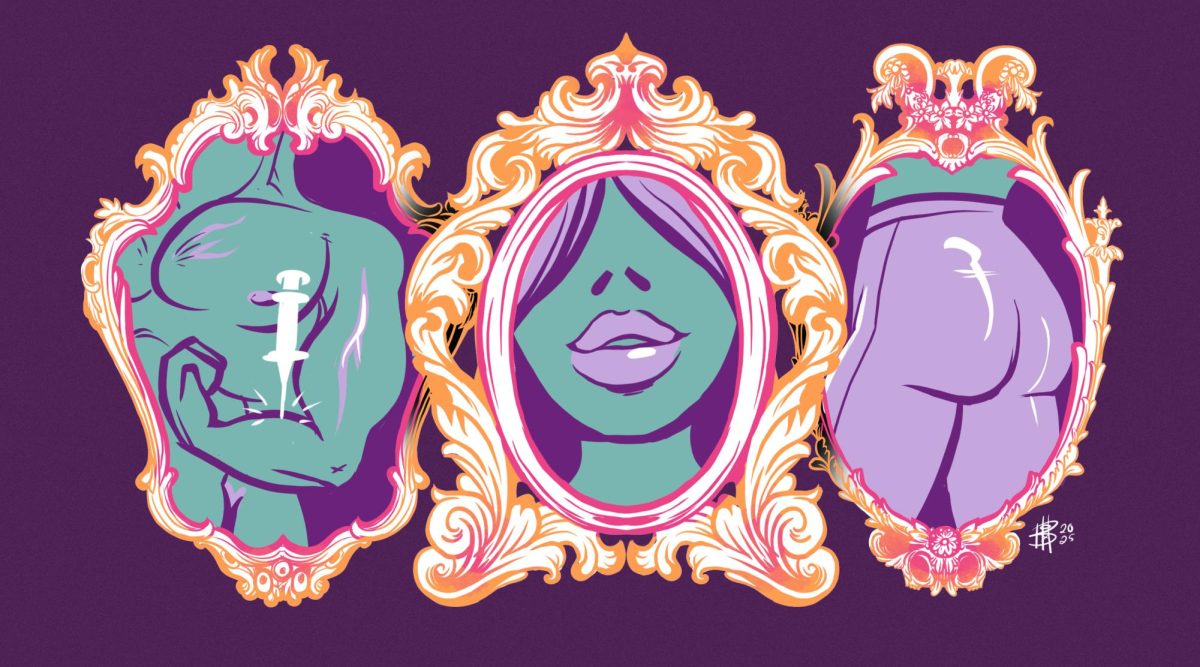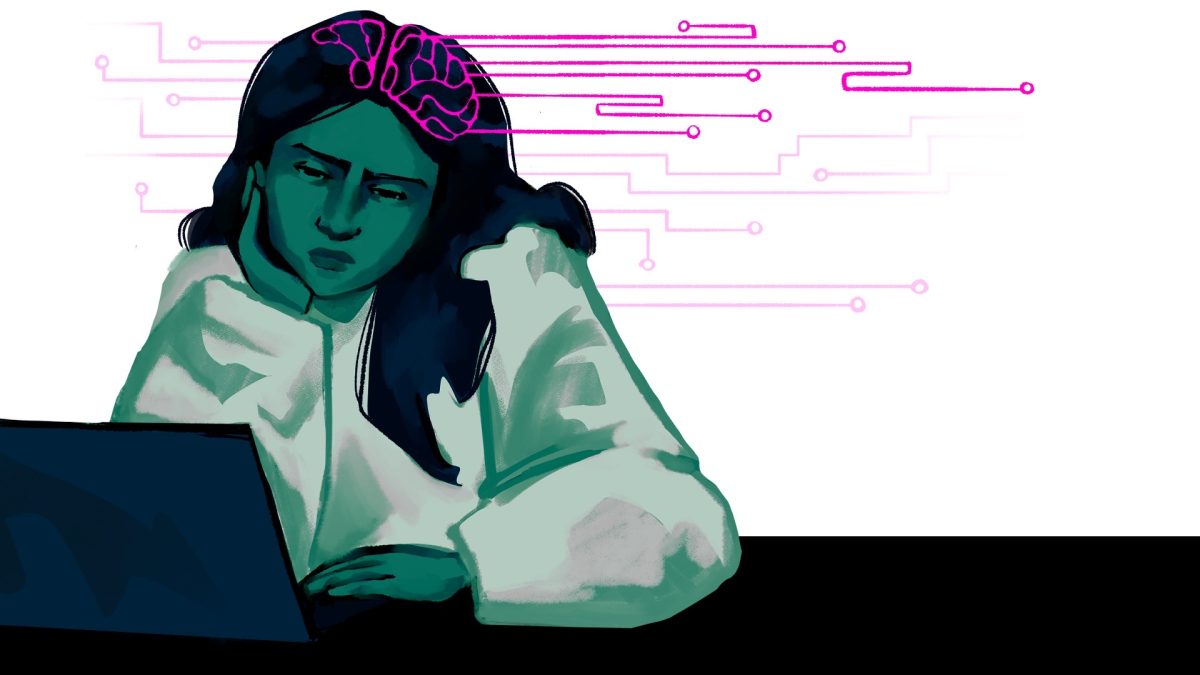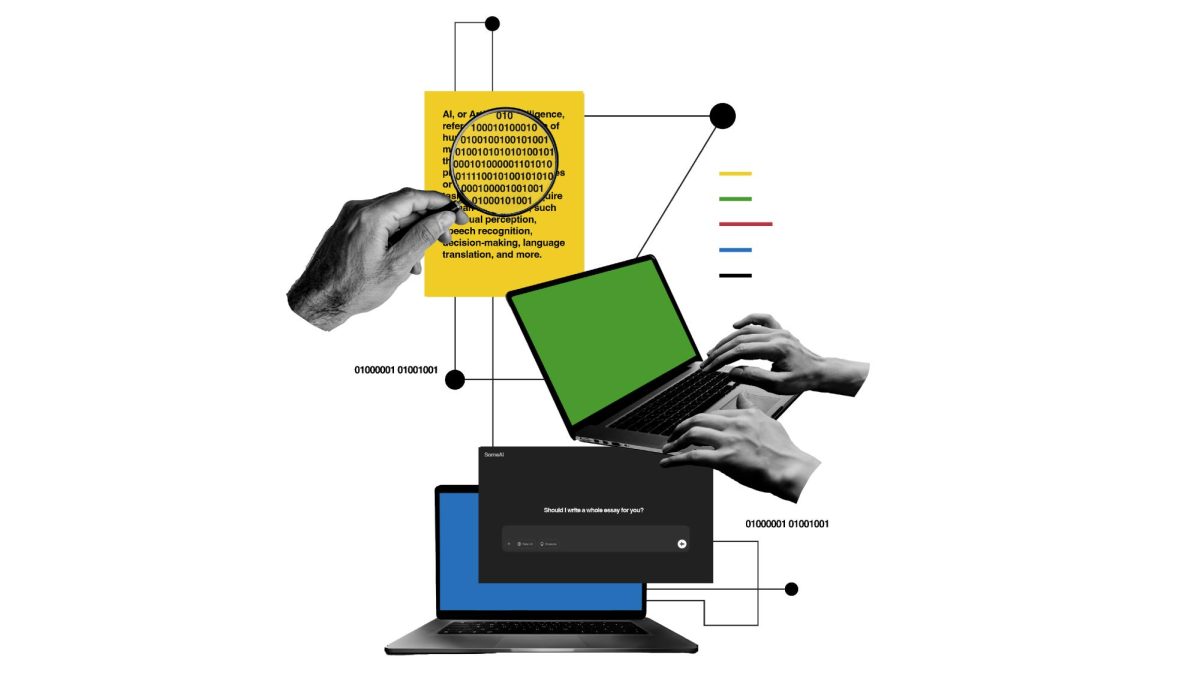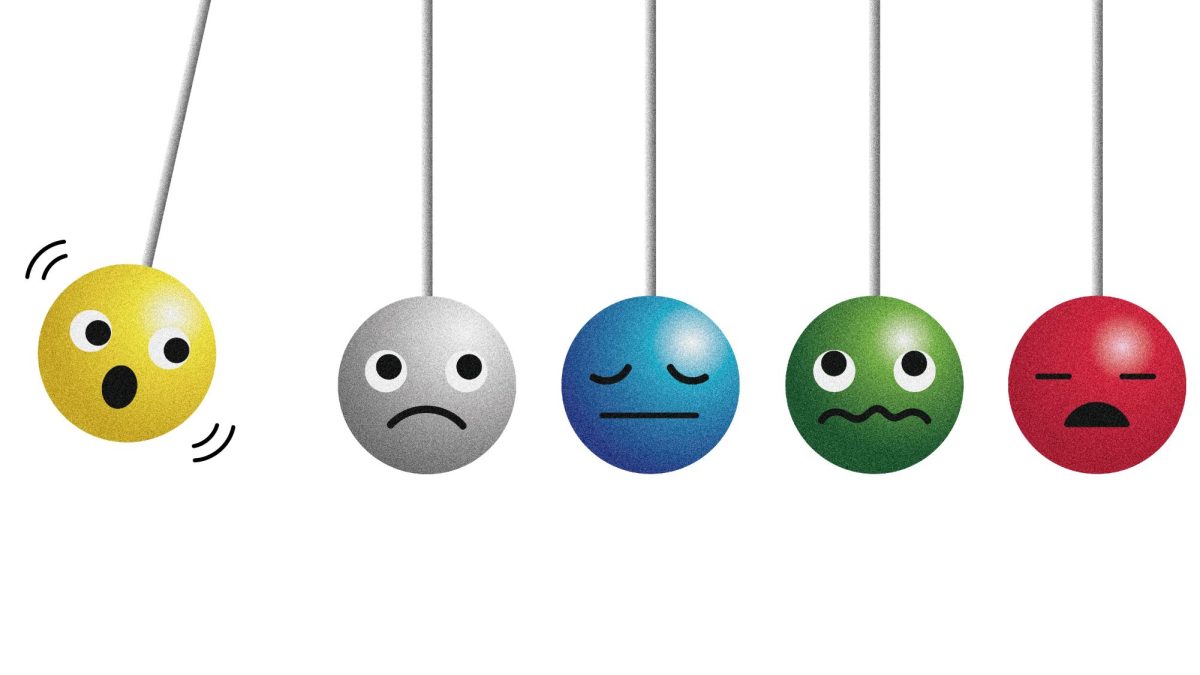Editor’s Note: This is an opinion piece and does not represent the opinion of Beaver’s Digest. This op-ed reflects the personal opinions of the writer.
“You’re not ugly, you’re just poor.”
You may have seen “celebrity glow-up” side-by-side photos online of the Kardashians, movie stars, or even tech bros like Musk or Bezos. These flattering transformations popularize the notion that health and beauty can be bought.
Many celebrities or people online have millions of dollars worth of plastic surgery, private chefs, personal trainers and even hormonal drugs to thank for their glow-ups, yet the unrealistic expectations that the average person can and must look like them can have drastic impacts on one’s mental health.
With the rise of the social-media-driven comparison economy, beautiful people and the products and procedures they advertise — explicitly or indirectly — populate our thoughts, screens and bodies.
Extreme bodies are the internet’s undying fixation. The endless barrage of manipulated body-centric images the average person is assaulted with on a daily basis contributes to oppressive beauty standards and warped perceptions of the self, the acceptable and the ideal.
These beauty standards are the problem that diet programs, supplements, unscientific weight-loss hacks and cleanses, and even gym memberships are sold as the solution to. The implicit competition underlying friends’ posts on social media, paired with dating apps that turn people into bodies on the digital meat market, makes the imitation of the ideal body du jour a social imperative like never before.
This pressure to conform and be beautiful has led a growing number of people to take drastic measures. The “slim thick” body trend, among others, has contributed to the meteoric rise of the infamous Brazilian butt lift. This procedure sculpts the patient’s body by removing fat from the midsection, then injecting it into the buttocks.
At the best of times, the Brazilian butt lift is painful and life-threatening, claiming more lives than any other plastic surgery procedure. Worse, many people opt to travel to different countries to undergo surgery at a lower cost, sometimes to unsatisfactory standards.
Promising plumper lips and more striking facial features, dermal filler is the latest quick-and-easy cosmetic craze. Marketed to young people, millions of millennials and members of Generation Z are getting filler injections every year, with market forecasts projecting an annual growth rate of 10% for the next 10 years.
Plastic surgeons have long claimed that filler naturally dissolves over time, advertising the non-invasive procedure as safe and temporary, thus lowering its perceived risk.
This has since been proven untrue, but capitalizing on the controversy, plastic surgeons have found a new procedure to sell: filler dissolution. The problem, apart from the cost, is that filler dissolvers can cause allergic reactions and damage to the patient’s skin that may not be limited to the injection site.
Since the COVID-19 pandemic, plastic surgery rates for both men and women have increased dramatically. Facial masculinization surgeries are proving popular for men, as well as breast tissue reductions and even filler injections into male genitals.
The social-media-driven “Looksmaxxing” phenomenon, among other things, is contributing to an emerging, oppressive male beauty standard, particularly for young men and boys. Men are purchasing beauty products at higher rates than ever and, coinciding with the explosive pandemic-era growth of “gym culture” and fitness influencers, steroid use is becoming rampant in gyms across the United States.
Once considered a taboo secret sauce for elite athletes and competitive bodybuilders, steroid use has become normalized for young men as a means to achieve a desirable physique, to devastating effect. These hormonal drugs cause permanent systemic damage, leaving no hormone receptor or internal organ unharmed.
Pairing learned insecurities with the endlessly evolving procession of beauty and body trends is a dangerous combination. And with social media granting anyone the ability to reach billions of eyeballs, the linkage between beauty and social acclaim is stronger than ever.
The pressure to both fit in and stand out with an enviable physique and undeniable beauty is a psychological burden that can easily become an unhealthy obsession. For many, beauty seems out of reach, their reflections serving as a constant reminder of their perceived inadequacy and failure to meet society’s elusive expectations. For plastic surgeons, beauty industry executives, steroids dealers and social media influencers, the average person’s pursuit for exceptional beauty is a gold mine.
Trends, by nature, do not age well. It’s one thing to rework your wardrobe as styles and tastes change over time. But to permanently alter your face or body, or drain your bank account to chase the latest social media fad is something altogether different and dangerous.
My advice? The next time a new trend emerges, just sit it out. Wait for the next one. Then do that again.

















